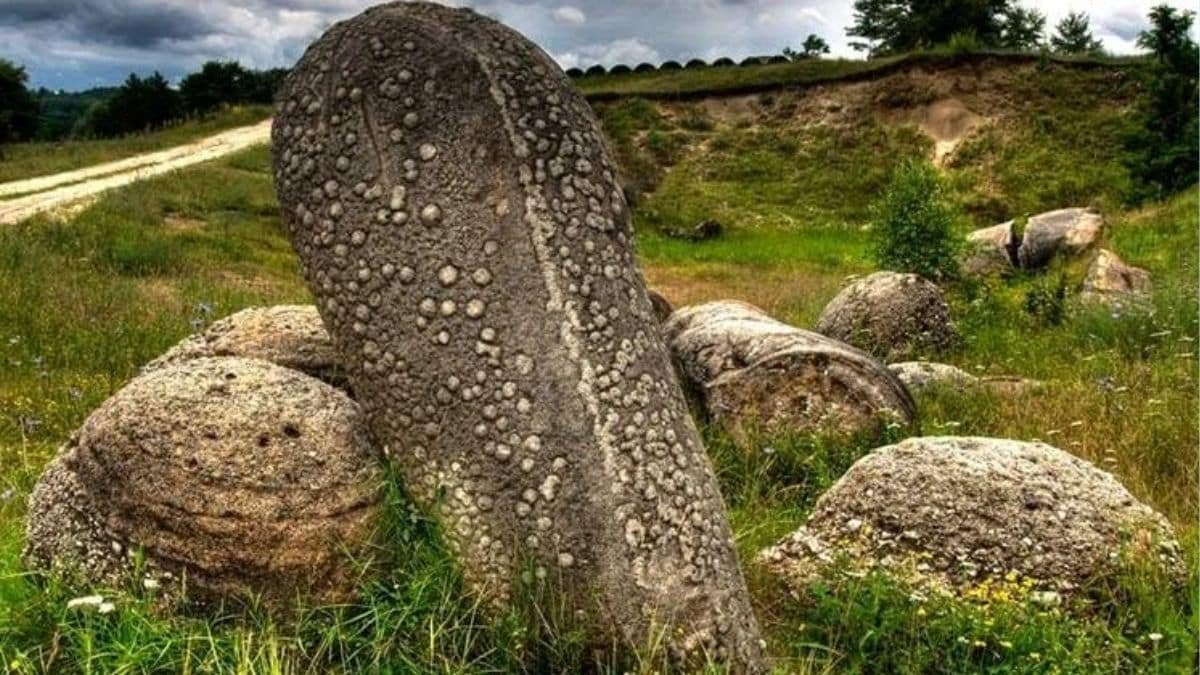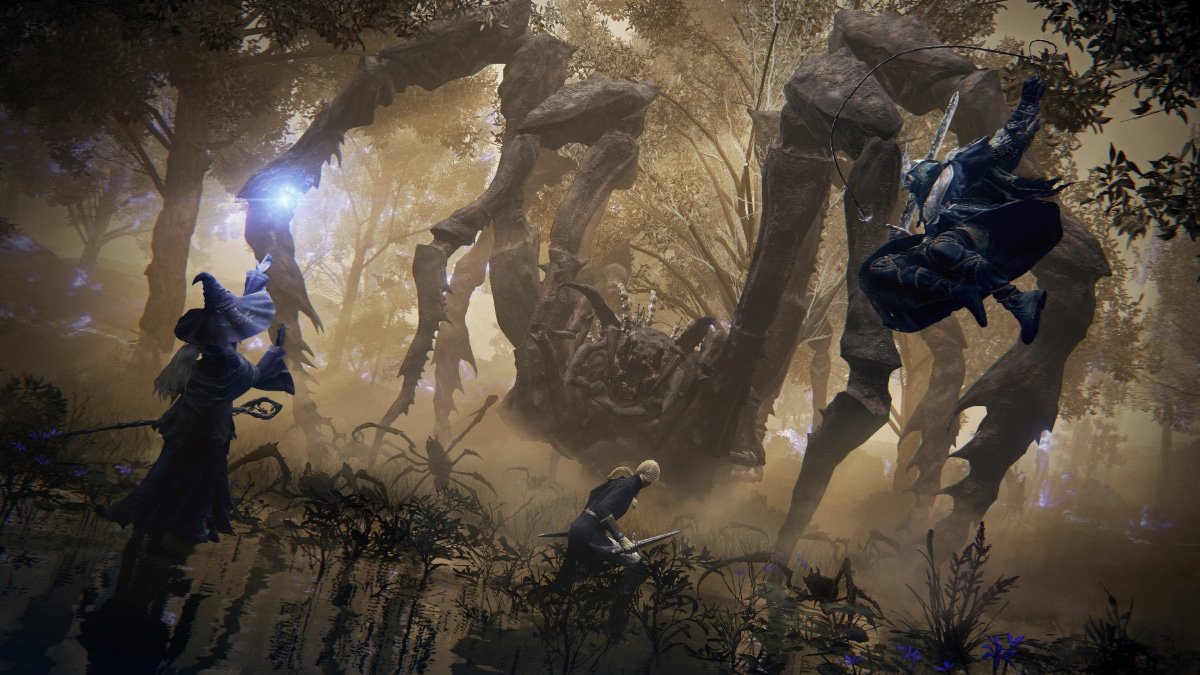A cluster of unusual geological formations known as trovants has been drawing attention in Romania. These rock-like structures, which appear to grow and even reproduce, are primarily found near the village of Costești in central Romania. Trovants, which resemble smooth, bulbous stones, are unique in their ability to absorb minerals from rainwater, allowing them to expand over time. Myths and folklore surrounding these formations have led to comparisons with dinosaur eggs, alien artifacts, and plant fossils. Despite their peculiar nature, geologists have identified trovants as a natural geological phenomenon resulting from specific mineral and environmental conditions.
Scientific Explanation Behind Trovants
According to reports from geological studies published by Geology In, trovants consist of a hard stone core encased in a porous sandstone shell. This shell absorbs rainwater rich in minerals like calcium carbonate, which, when combined with other elements, forms a cement-like substance that gradually increases the rock’s size. This process is believed to add approximately 5 centimeters to a trovant’s circumference every 1,000 years. Over time, lumps can form on the surface, eventually detaching and growing into separate trovants. This unique characteristic has contributed to their reputation as “living” rocks.
Origins and Geological Theories
The formation of trovants has been linked to seismic activity that took place more than 5 million years ago. As per geological sources cited by BBC Science Focus, ancient earthquake activity may have compacted sedimentary deposits in an aquatic environment, leading to the creation of these spherical structures. The presence of fossils such as bivalves and gastropods within the trovants further supports this theory. Although similar formations have been observed in Russia, Turkey, and the U.S., Romania remains home to the most well-known trovant deposits.
Cultural Significance and Myths
Folklore surrounding trovants has long fueled theories beyond scientific explanations. Some local myths suggest that the formations are remnants of ancient creatures, while others attribute their origin to extraterrestrial influences. The unusual ability of trovants to expand and multiply has contributed to their enigmatic status. Despite the myths, experts maintain that trovants are entirely natural geological formations shaped by environmental processes over millions of years.
Conservation and Public Interest
The Trovants Museum Natural Reserve was established to protect and study these rare formations. Located near Costești, the reserve aims to preserve the trovants while educating visitors about their geological significance. The site continues to attract tourists, researchers, and enthusiasts fascinated by these mysterious stones. While trovants remain a subject of intrigue, scientific findings confirm that their growth and multiplication are the results of natural geological processes rather than supernatural or extraterrestrial phenomena.
For the latest tech news and reviews, follow Gadgets 360 on X, Facebook, WhatsApp, Threads and Google News. For the latest videos on gadgets and tech, subscribe to our YouTube channel. If you want to know everything about top influencers, follow our in-house Who’sThat360 on Instagram and YouTube.





